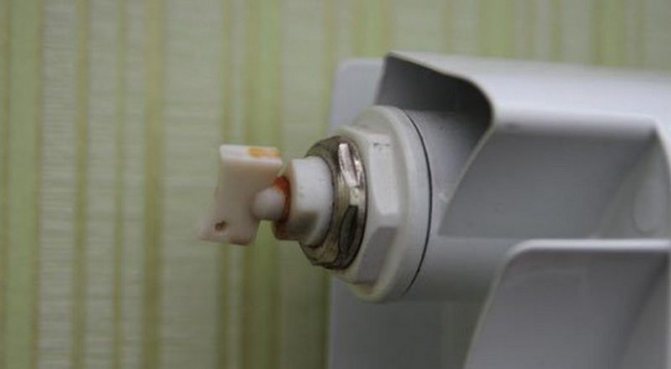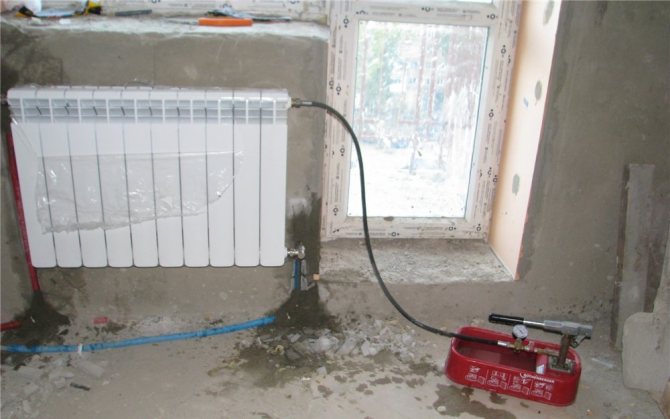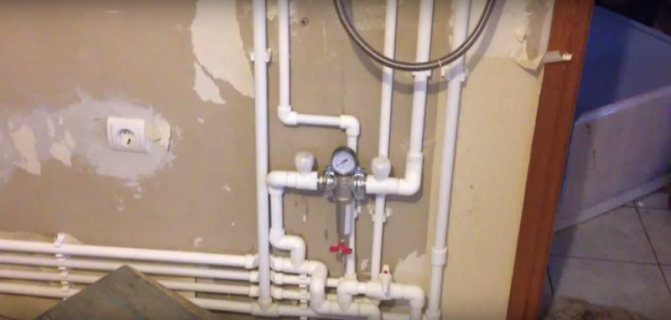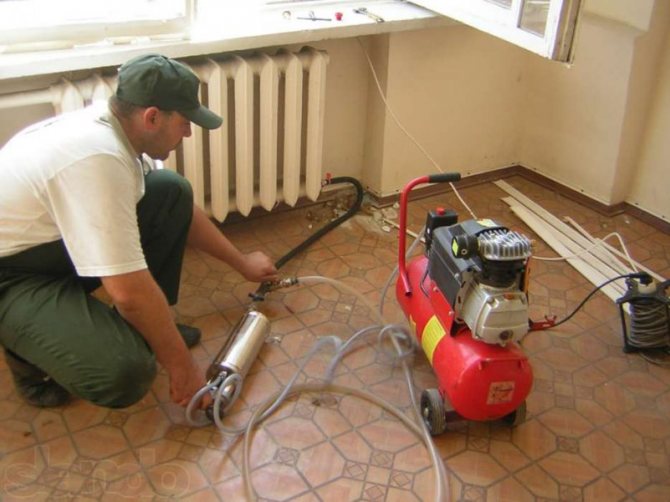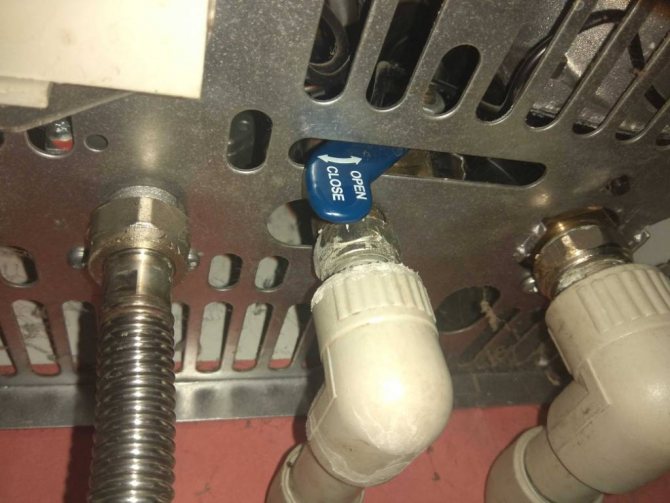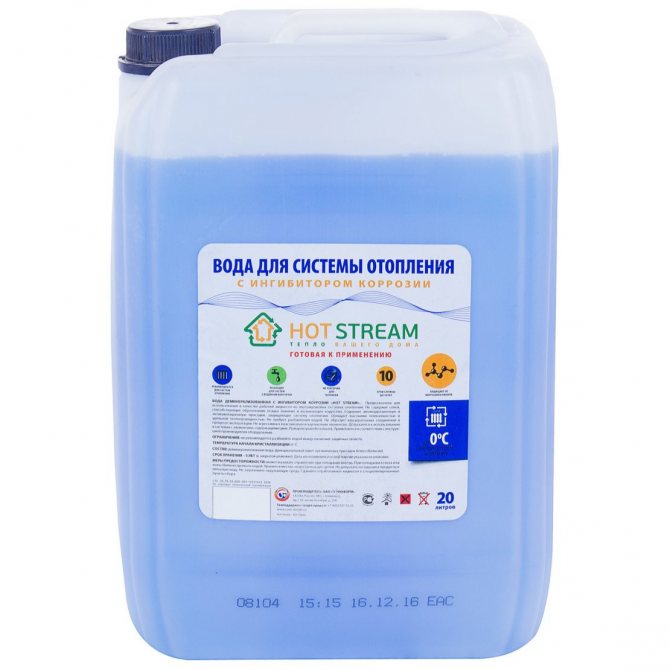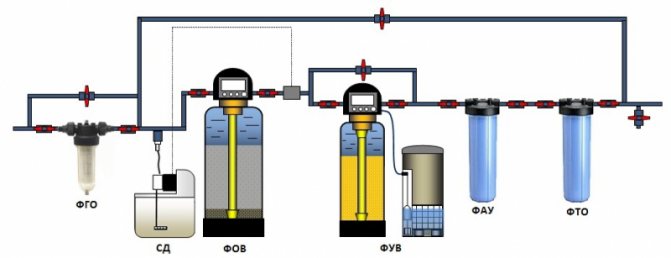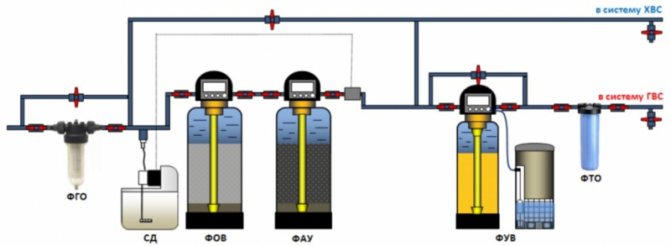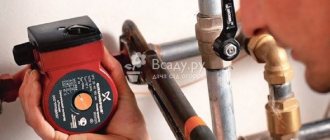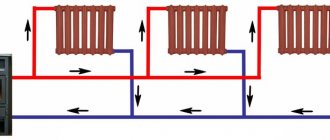When designing and building a private house, it is necessary to correctly select and install a heating system in the future. In apartment buildings, tenants do not have problems with this issue. Since the heating system in the apartment is centralized, and all the manipulations are performed by the appropriate services.
But private sector developers have to decide for themselves which heating system to choose. And you should find out how to properly set up the heating system of a private house or cottage. As a rule, many criteria are taken into account and the most optimal heating system is selected.
What is a heating system
A heating system is a whole complex of various equipment that is designed to generate and transfer heat to the end consumer, that is, the tenant of the house. The heating system includes a heat source, pipes through which this heat will be transferred, and heating radiators.
The heat source, as a rule, is either gas, or electricity, or diesel or other fuel. The coolant that is transferred through the pipes is usually water or antifreeze antifreeze liquid. Storage tanks for heating systems act as a heat energy storage device, they are built into the system circuit. Such a storage tank for heating allows you to store heat for subsequent supply.
Mixers are also used in modern automated heating systems. They mix hot water and chilled water from the return line in the heating system. The choice of the type of heating system must begin with the fact that it is necessary to decide what will act as a source of heat. In other words, you need to know if the water will be heated using electricity, gas or ordinary firewood. The next step is to select the appropriate boiler. Then the type of pipes is selected, or the option without pipes is selected, that is, the water flows directly into the radiator.
Boilers are still one of the most popular types of heating systems today.
On the territory of our country, the heating season, as a rule, lasts about two hundred days a year. When choosing a heating system, do not forget about this. The heating system is cleaned at the end of the season, and before the heating season it is rinsed and cleaned again.
Heating systems today are regulated very differently than their predecessors. Heating systems now are systems that maintain the required thermal characteristics in real time. Therefore, in such systems, a fundamentally new hydraulics of the heating system is used, in which there is a constantly changing mode. To maintain the appropriate temperature in the heating system, a thermometer is used for heating systems, which is built in separately.
After the heating system is installed, the pipes are checked and then water is poured into the system. Or, in another way, the heating system is fed with water in order to check the new system. Thus, the adjustment of the heating system is carried out, which is started for the first time. The heating system must be flushed for three hours. And the water after rinsing must be clean.
This procedure is necessary to remove construction debris that could appear there during the installation of the system. Then the second batch of water is heated to boiling. Boiling water also helps to get rid of oily debris.Any heating system must be flushed twice a year. Some owners of private houses are interested in how to pump water into the heating system to flush it. But first, you need to consider how to prepare the water for flushing.
Water heating according to the number of inlet and outlet pipes
One-pipe water heating ("Leningradka")
This option is more suitable for residential multi-storey buildings, but it is also used in private houses. Water is supplied to and removed from the radiators through a single pipe. The heat transfer of the last radiators in the circuits turns out to be low, and the rooms warm up worse. The problem is partially solved by installing shut-off valves and thermostats that allow you to adjust the flow and temperature of the water. One-pipe heating is cheaper than two-pipe heating, although, as practice shows, it all depends on the calculations for a particular facility. Today, a two-pipe is considered more preferable for private houses.
Two-pipe water heating
Heated water enters the radiators through one pipe, and cooled water is discharged through the other. In all radiators, the temperature of the coolant and, therefore, the heat transfer is the same. This is a key advantage that fully compensates for the disadvantages - more complex installation and high cost compared to single-pipe heating. When installing two-pipe heating, it is more difficult to hide the pipes in the floor or in the wall, but professional installers cope with this task.
How to properly prepare the water?
So, in order for the heating system to serve for many years, it must be flushed at least twice a year. Since the system is flushed exclusively with water, there must be special requirements for water. What are the requirements for the water that the heating system is flushed with? And how is the preparation of water for the heating system carried out at this time? Next, we will consider the question of how to prepare water for the heating system on your own. Why are there strict requirements for water?
Using untreated water to flush the heating system can result in:
- to the destruction of pipes;
- to the formation of scale;
- to breakdown of heating radiators;
- to reduce the permeability of pipes, the amount of water in the heating radiator, thus decreases;
- to reduce the speed of the coolant;
- to excessive consumption of fuel and unplanned and unreasonable material costs.
As you can see from the above evidence, the speed of water in the heating system will decrease significantly, and the batteries will no longer warm us so much in winter.
Methods and methods of water preparation
Many negative factors are eliminated by preliminary heat treatment and filtration. In other cases, the preparation of water for the heating system includes several stages of cleaning with additives, reagents to give the coolant the desired characteristics.

Methods that can be used before filling the heating system:
- Adding reagents. These are certain chemicals that reduce the excess content of certain components that negatively affect the system.
- Catalytic oxidation. Required when the content of iron impurities is high. The oxidation process binds impurities and removes them in the form of a precipitate.
- Filtration. Various filters of mechanical type are installed for the process. The filling of the units depends on the chemical composition of the water.
- Mitigation through the use of electromagnetic waves.
- Freezing, boiling or settling water for a certain period of time. Distilled water for heating is obtained, which is considered the best heat carrier.
- Deaeration process. This is necessary when there is an excess of oxygen, carbon dioxide and other gases.
Important! Pre-filtration removes impurities and sediments.When the percentage of impurities is small, flushing or replaceable cartridges are sufficient, if there are many impurities, then filters with a multilayer composition of quartz sand, activated carbon, anthracite or expanded clay are required.
How to soften water?
Therefore, it is so important to prepare the water for flushing the pipes. The first requirement for water, with the help of which the heating system is flushed, is its softness. Therefore, they try to soften the water. There is more than one water softener for heating systems on the market today. Further, the water is purified from various impurities, then defended and purified from harmful microbes and bacteria. This is an exemplary water treatment for a heating system for flushing the heating system.
If we consider the process of purification and preparation of water, then in brief this process will look like this. In order to soften water, various devices are used, for example, AquaShield. Such devices not only make the water softer, but also clean the inside of the equipment from scale. Previously, cationic resins were used to soften water. Also, water can be softened with various chemical reagents.
What kind of water can I fill?
The chemical composition of the water and its suitability for flushing the heating system can be determined using various tests. Such tests are done in specialized chemical laboratories. Having received the test results, there is no doubt about the reliability of the results and their high accuracy.
If taking water samples to a specialized laboratory is an overhead and troublesome business, then you can use various kits for water analysis at home. These express kits allow you to determine the hardness of water and its ph level. With the help of these tests, it is also possible to determine various impurities in water, this is iron, various sulfides, nitrites, nitrates, and more.
After determining the composition of the water at home or after receiving the analysis results from the laboratory, it is necessary to bring the water indicators back to normal. It is believed that about 0.05 mg / m3 of dissolved oxygen should be present in the water. The acidity level of the water should be in the range 8.0 - 9.5. The iron content in water should be no more than 0.5-1 mg / l. The indicator of water hardness should be in the range of 7-9 mg eq / l.
Such analyzes must be carried out twice a year.
Various microbes and microorganisms that are contained in the water, naturally, greatly impair its quality. Thanks to these pathogenic microbes, a mucous membrane can form on the pipe walls.
Why use a softener to reduce water hardness
A filter can be used as a water softener. What dangers can lie in wait for the owners of the heating system who do not use special filters to reduce the hardness of the coolant? First, calcium and magnesium salts, which are found in large quantities of hard water, are converted over time into limescale.
Secondly, these insoluble deposits attach to the pipe walls and reduce their permeability. This does not allow the use of water consumption control and metering devices. Pipes gradually fail. The worst thing about this situation is that the process of deposition of insoluble residues and the formation of scale is a long process. It is invisible to the users of the system. Therefore, water softening filters are required.
Chemical compounds in the heating system - as a water softener
Chemicals could be an alternative to using filters. But they have not become a worthy replacement. Polyphosphates are used from chemical compounds and reagents. Polyphosphates prevent scale particles from bonding to each other. But in this case, these chemical reagents must be constantly present in the heating system.And another disadvantage of chemical reagents is that they do not adjust to the new level of water hardness.
The second type of chemical reagents that are used to soften water hardness are reagents for prophylaxis or for purifying water after using it. You can use a heating concentrate that is compatible with antifreeze. It is used for corrosion protection. Now you can return to the question of how to pump water into the heating system yourself.
The first and most important stage of work
The main thing that should be done before planning water treatment measures for the heating system is to conduct a chemical analysis of the composition of the water.
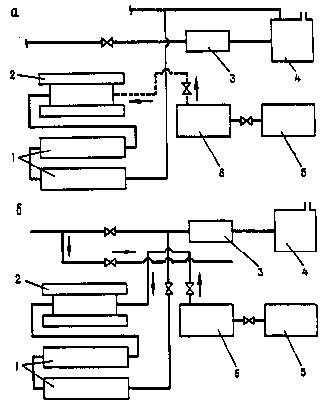

Known (a) and proposed (b) schemes for the preparation of water for heating: 1 - water heater; 2 - steam-water heater; 3 - refrigerator; 4 - feed tank; 5 - high pressure manifold; 6 - low pressure manifold; steam; condensate.
You can carry out tests at home using test kits for aquariums (they are sold at any pet store). However, in order to obtain more accurate values and the most efficient preparation of water for heating, you should use the services of a certified laboratory.
Water for analysis is collected in a plastic bottle from under non-carbonated drinking water with a volume of 1.5 liters. It is unacceptable to use bottles of soda and other drinks. The cork and bottle are well washed with the same water that is taken for analysis, while detergents should not be used. Preliminarily, the water is drained for 10-15 minutes in order to exclude the ingress of stagnant water into the sample, as this may affect the test results.
To prevent the saturation of water with oxygen dissolved in the air, it is drawn in a thin stream so that it flows down the wall of the bottle. Water is poured under the neck. The bottle is tightly wrapped with a cork so that no air penetrates under it. Oxygen provokes chemical processes, and this can also affect test results. If it is not possible to immediately take the samples to the laboratory, then the water can be stored in the refrigerator (not in the freezer!), But not more than two days.


Heating system.
Comprehensive water analysis includes checks for the following indicators:
- rigidity;
- iron;
- manganese;
- pH (degree of acidity);
- permanganate oxidizability (shows the presence of organic matter in water);
- mineralization;
- ammonium;
- oxygen saturation;
- turbidity, color, odor.
If necessary, samples are taken for the presence of microorganisms. Some of them, such as legionella and amoeba, are not only capable of causing serious harm to health, but can also settle inside the tubes, forming a slimy microbial film. This promotes corrosion and degrades the heating quality.
Related article: Children's table with their own hands: materials, tools
How to pour water into the heating system
There are two types of heating systems. It is a closed type heating system and an open type heating system. In an open system, water comes into contact with air. This happens through the tank, which is located at the highest point of the heating system. In a closed system, water does not come into contact with air.
To pour water into a closed-type heating system, you must:
- Have a pump for drawing water from a well or reservoir. Using a hose that is connected to the pump and to the drain pipe, pump water. All taps open at full capacity. It is important to prevent overheating in the heating system, so you need to constantly adjust the water supply.
- Particular attention should be paid to the pressure with which the pump delivers water, and to regulate the pressure required for the heating system. And this is 1.5 atm.
- To calculate the volume of the heating system, you need to know how many liters are in the radiator and one running meter of the pipe.
